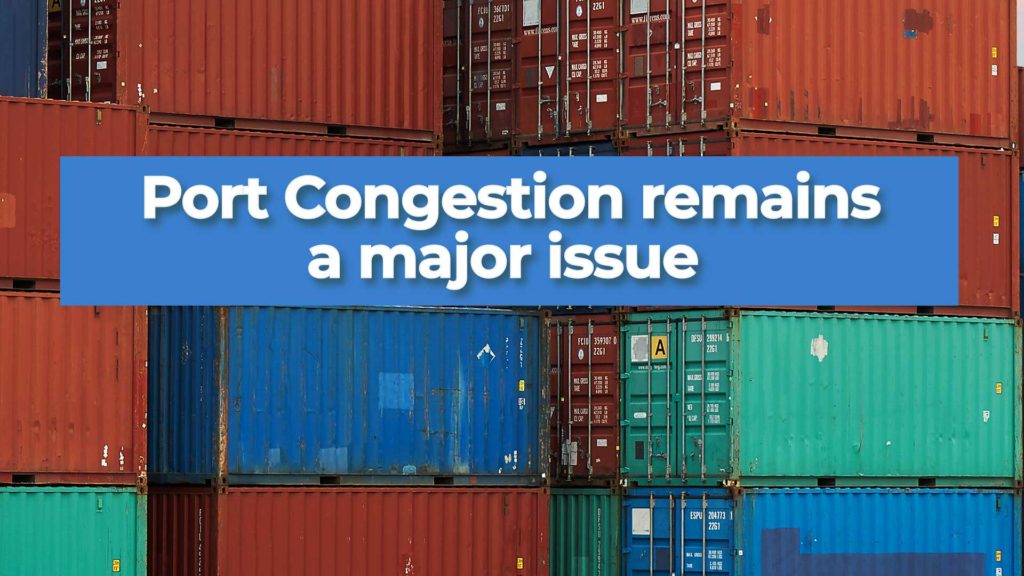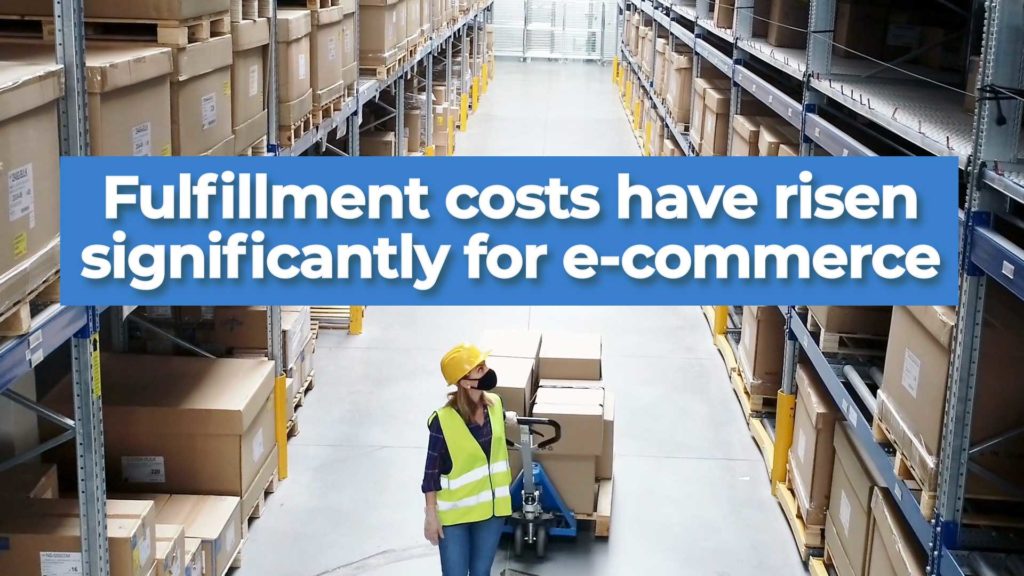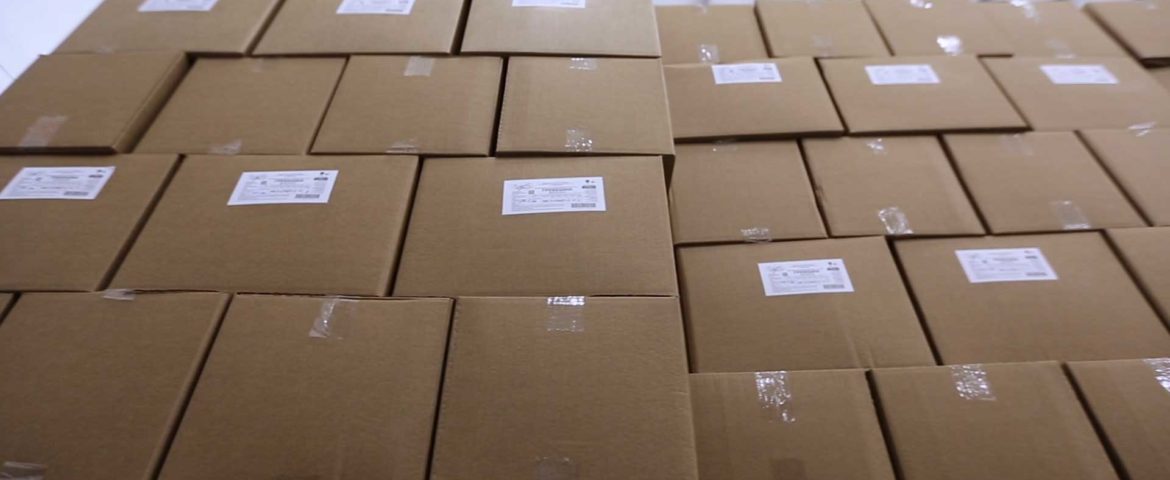It’s been nearly 1.5 years since the global pandemic began, and with it came some of the most drastic supply chain disruptions in decades. E-commerce supply chains are still under pressure!
The shift from in-store to e-commerce purchasing put a massive unexpected demand on e-commerce firms to provide a better point of purchase experiences, maintain inventories and keep the parcel distribution flowing like normal.
Over the last 12+ months, supply chains are still in a dramatically different place than they were pre-covid-19. In short, nearly everything has changed.
Microchip Shortages
Anyone trying to buy a new car, computer parts or other electronics will know that many products are experiencing inventory shortages due to a massive over-demand for computer chips needed to make electronics while production is still lower than normal. Even global automakers like Toyota and GM have had such bad inventory levels that their dealerships in certain cities are now basically focused on selling used cars.
In the long term, look to see some near-shored production of microchips expand in Mexico, or potentially India as firms aim to reduce reliance on one region such as Taiwan and China for such an important component of their products’ inputs.
Container Port Congestion

At various points in the last 12 months, the Port of La/Long Beach has had around 20+ vessels just sitting in its harbor waiting to unload. Sometimes weeks at a time. Normally, pre covid, the shipping schedules somewhat average out, with as many ships entering the port as leaving it, but with covid-19 shutting down much international trade, a massive wave of ships hit the US west coast at once. So much so that there simply aren’t enough available piers in the port for them to unload, not enough trucks to move all the cargo away from the ports and not enough rail capacity to provide an effective safety valve for incoming freight via intermodal.
Ocean carriers are sending more ships to east coast ports or routing larger than normal vessels to east coast ports like Charleston and Savannah. Drayage, which is the short-haul trucking to move containers out of ports, is booked typically 2-5 weeks out in many ports. Meaning that if you have cargo grounding, you need to reserve drayage capacity well ahead of when your cargo is available or else expect to have it sit for some time.
For e-commerce firms, this means that products arriving from overseas suppliers will take much longer than normal to get here, and have a good chance of a 2-4 week delay over standard shipping times. This means you need to think carefully about your inventory needs and order replenishment stock much earlier than normal.
Trucking, Ocean and Parcel Prices
Supply chain costs have risen significantly over the last 12-18 months. Whether truck, parcel, ltl, international ocean or air, prices are high, with certain lanes having much more demand and thus lower availability/higher prices than others.
This has put pressure on nearly every shipper as they struggle to deal with freight prices that are anywhere from 20-200% more expensive than just a year ago. Often this results in the finished price of goods to consumers rising, which according to federal data, inflation, and the consumer price index have risen 5% or more in the last 12 months.
The rise in transportation cost is due to a number of converging issues, namely, increased consumer demand, some drivers leaving the industry, and an ever-widening driver shortage. When many overseas factories shut down, what was a mostly balanced distribution of global freight markets was reset, and when factories reopened a massive wave of freight hit the US at one time. Trucking rates out of west coast ports to the East, exploded, and this is even if you can find capacity, with many firms simply having to let inventory sit while they scrambled to find trucking or intermodal.
Truly an unprecedented situation that will take until 2022 to come anywhere near normal again.
Shipping Container shortages
With the current imbalance of trade, there simply aren’t enough containers to move all the freight that’s scheduled to move by shippers. Container manufacturers are expanding their capacity, but it’s not enough. Some exporters in the US are facing the uncertainty of not having containers available to move their products out of the US, since shipping companies are preferring to move containers back West empty than allow for the extra time needed to reload the containers for a return trip.
Over time, the container situation should improve as the global container/shipping industry is able to rebalance east and west flow of ships and containers, but this could take some time.
E-Commerce Supply Chain Technology
Technology is continuing to rapidly advance within the supply chain industry with new startups popping up weekly and industry incumbents also continuing to invest in better tech solutions.
For eCommerce supply chains, the most visible aspect of better technology is better visibility on shipment/inventory location, and better management of orders and inventory, allowing for more accurate forecasts and replenishment orders.
The number of advanced warehouse and inventory management systems, transportation booking platforms, and many other tech solutions will continue to increase efficiency within supply chains. Many third-party fulfillment providers are also making seamless cloud integrations with order and inventory management systems allowing for a more connected and accurate supply chain. Zmodal is designed to make shipping intermodal as quick and easy as possible, with intermodal shipping pricing and door-to-door intermodal booking available quickly!
Electric trucks are another big change that freight carriers are already preparing for. A number of electric truck manufacturers are developing both long haul and short-haul vehicles to meet a range of needs. Short-haul trucks will likely be the first segment of the greater trucking industry to be electrified as the battery technology is already there, and it doesn’t require a widespread specialized charging network at truck stops.
E-Commerce Inventory Questions
Inventory levels in most industries are still at historic lows due to the factory disruptions and transportation issues mentioned above. Most firms are scrambling to increase their inventory levels, it will be interesting to see where the happy medium lands between the traditionally low just in time practices vs a more robust supply chain which typically would have slightly higher inventory levels.
Technology and careful monitoring of the supply chain could help firms navigate this issue, as extreme early warning of problems, that can be quickly acted upon to increase replenishment order sizes etc could be a potential option. For electronics and automotive manufactures, expect chip inventory levels to be kept higher than pre covid and diversification of supplier sources to prevent the near-meltdown that many firms felt and are still dealing with.

Long Term Pandemic Supply Chain Lessons
This section could be its own article, but the rapid evolution and crisis management firms faced throughout the pandemic will have permanent impacts on global supply chains for a whole host of reasons.
Supply chain resilience and diversity are now much talked about and will remain a major focus. It’s unthinkable pre-covid that a disease would mean some of the largest automakers have little to no inventory some 18 months after the outbreak.
Situations like that are not uncommon and are still being dealt with across a variety of industries.
E-commerce Supply Chain Top Tips
- Expect higher transportation costs
- Expect transportation and shipping to take longer than normal
- Plan your replenishment orders early and maintain a higher inventory
- Leverage the many tech solutions to make better data-informed decisions
- Diversify your supplier base to prevent future
- E-commerce is king and will remain so, make sure that your digital point of purchase works well and is easy for consumers to use.
Zmodal is a top intermodal shipping company providing door-to-door intermodal, and full truckload services nationwide throughout our digital supply chain dashboard which provides easy route searching, booking, document management, and analytics. CONTACT US if you want to lower your supply chain costs or want access to North American intermodal capacity.



